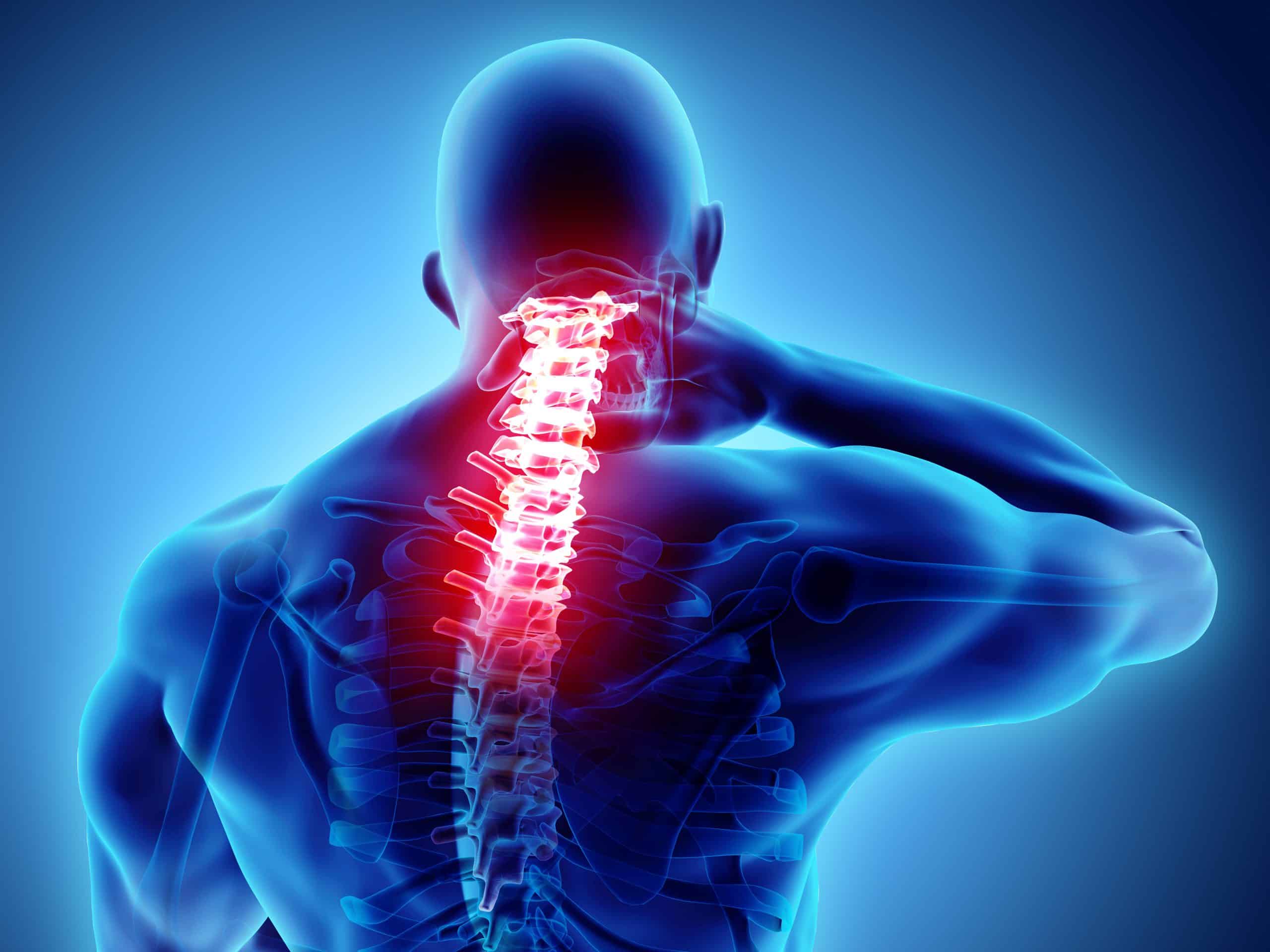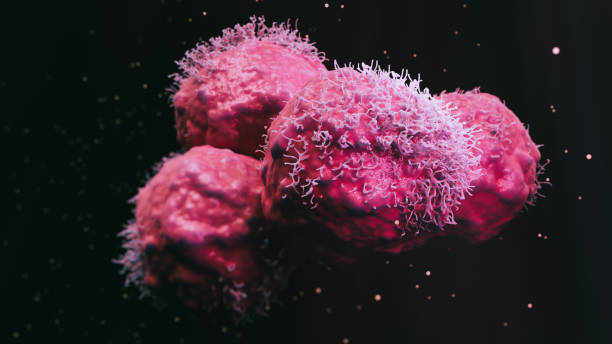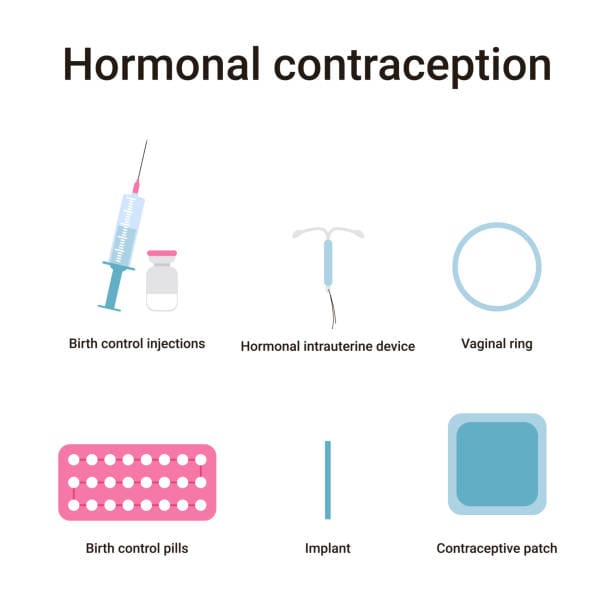Pain is something everyone has experienced. A stubbed toe, a paper cut, a headache after a long day—these are all familiar and temporary forms of pain. But for millions of people worldwide, pain doesn’t go away after the injury heals. Instead, it becomes a long-term part of daily life, affecting the body, mind, and spirit in profound ways. This is chronic pain, a condition often misunderstood, underestimated, and frequently undertreated.
Chronic pain is not merely a lingering symptom. It is a medical condition in its own right, one that demands a careful, nuanced, and often multidisciplinary approach to treatment. It can persist for months or years, even when no obvious cause remains. And while it may not always be visible to others, its impact can be debilitating, touching every corner of a person’s life.
This article delves deep into what chronic pain really is—from its biological roots to its psychological ramifications, from the complexities of diagnosis to the evolving world of treatment and management. Whether you live with chronic pain or are trying to understand it for someone you love, this journey will illuminate the landscape of one of medicine’s most perplexing conditions.
Defining Chronic Pain
Pain is typically divided into two broad categories: acute and chronic. Acute pain is the immediate, short-term pain that signals injury or illness—a broken bone, a surgical incision, or an infection. It serves a biological purpose by alerting us to harm and encouraging us to protect the injured area.
Chronic pain, on the other hand, is pain that persists for 12 weeks or more, often long after the original injury has healed. In many cases, chronic pain develops without a clear cause at all. It may start as acute pain but refuse to resolve, or it might appear insidiously, creeping in without any dramatic onset.
Importantly, chronic pain is not just about duration. It also involves changes in how the nervous system processes pain. In some individuals, the pain signals themselves become dysregulated, leading to hypersensitivity, flare-ups, and a cycle of discomfort that feeds itself. It’s a condition not just of the body, but of the brain and nerves as well.
The Neurobiology of Pain: When the Alarm System Goes Awry
To understand chronic pain, we must first grasp how pain works. Pain is a protective mechanism, a complex dance between sensory input, neural pathways, and cognitive interpretation. When tissue is damaged—say, from a cut or sprain—specialized nerve endings called nociceptors send signals through the spinal cord to the brain.
The brain then evaluates this signal in context: Was there an injury? Is the area dangerous? What is your emotional state? Based on this assessment, the brain produces the experience we know as “pain.” In other words, pain is not just in the body—it’s created by the brain as a response to perceived threat.
In chronic pain, this system becomes disrupted. Sometimes the nerves themselves become damaged or overly sensitive—a condition known as neuropathic pain. In other cases, the pain persists even without nerve damage, due to changes in how the spinal cord and brain process pain signals—a phenomenon called central sensitization.
This rewiring means that the brain can interpret normal sensations (like touch or temperature changes) as painful, or it can magnify real pain beyond its original intensity. It’s like an alarm system that keeps ringing, even though the fire has long since been extinguished.
Common Types and Causes of Chronic Pain
Chronic pain can manifest in a wide variety of forms. Some people experience sharp, shooting sensations. Others describe it as a dull ache, a burning feeling, or even a crushing pressure. The diversity in symptoms reflects the vast number of underlying causes. Here are some of the most common categories:
Musculoskeletal Pain
This includes conditions like arthritis, fibromyalgia, back pain, and joint degeneration. The pain may arise from inflammation, mechanical wear-and-tear, or problems with posture and alignment. Osteoarthritis, in particular, is a leading cause of chronic pain among older adults.
Neuropathic Pain
This type of pain results from nerve damage or dysfunction. It can arise after surgeries, infections like shingles, conditions such as diabetes (diabetic neuropathy), or as a result of nerve compression from herniated discs. Neuropathic pain is often described as tingling, stabbing, or electric shock-like.
Central Pain Syndromes
These are disorders where pain stems from abnormalities in the central nervous system. Conditions like fibromyalgia, complex regional pain syndrome (CRPS), and chronic migraine fall into this group. These syndromes often involve widespread pain, fatigue, and sensitivity to stimuli.
Inflammatory Pain
Diseases like rheumatoid arthritis, lupus, and inflammatory bowel disease can cause chronic pain due to ongoing immune system activation. Swelling and tissue damage from inflammation contribute to persistent discomfort and can be difficult to manage without controlling the underlying disease.
Visceral Pain
This refers to pain from internal organs—chronic pelvic pain, endometriosis, irritable bowel syndrome (IBS), and interstitial cystitis are common examples. Visceral pain often presents as deep, diffuse, and hard to localize.
Cancer-Related Pain
Pain from tumors pressing on nerves or organs, as well as pain from cancer treatments (like chemotherapy-induced neuropathy), can become chronic. In some cases, cancer survivors continue to experience pain long after remission.
Post-Surgical or Post-Trauma Pain
Some individuals develop long-lasting pain after surgery or injury, even if the tissue appears to heal normally. This may be due to nerve sensitization or the formation of scar tissue that compresses nerves or muscles.
The Psychological Dimension of Chronic Pain
Chronic pain is not just a physical experience—it is deeply entwined with mental and emotional health. Depression, anxiety, and even post-traumatic stress disorder (PTSD) are common in individuals living with chronic pain.
This is not simply because pain is distressing—though it certainly is—but because the same neural circuits involved in processing pain also regulate mood, motivation, and reward. Chronic pain can disrupt sleep, reduce mobility, and isolate people from work, relationships, and daily joys. Over time, this leads to what some researchers call a “pain-depression cycle,” where physical and emotional pain reinforce each other.
Pain can also change the brain. MRI studies have shown that long-term pain alters structures like the prefrontal cortex, amygdala, and hippocampus, which are involved in decision-making, fear, and memory. These changes may contribute to cognitive symptoms often described as “brain fog,” reduced focus, or poor memory.
Recognizing the emotional toll of chronic pain is crucial to providing effective treatment. Therapy and mental health support aren’t optional add-ons—they’re central to healing.
Diagnosing Chronic Pain: A Clinical Puzzle
Diagnosing chronic pain can be a complex, frustrating process. Unlike many medical conditions, chronic pain often lacks clear diagnostic tests. X-rays, MRIs, blood tests, and physical exams may all appear normal—even as the patient reports severe discomfort.
Doctors must rely on a combination of medical history, physical examination, imaging, and subjective reports to build a picture of what’s going on. They often look for:
- Patterns of pain (location, intensity, duration)
- Aggravating and relieving factors
- Functional impact (mobility, sleep, mood)
- Prior injuries, surgeries, or illnesses
- Family history of pain conditions
- Signs of nerve involvement or inflammation
At the same time, clinicians must rule out “red flags” that might suggest a serious underlying condition like cancer, infection, or autoimmune disease.
One of the biggest challenges in diagnosing chronic pain is that it often defies objective measurement. There is no “pain-o-meter.” This can lead to misunderstandings, stigma, or even disbelief from healthcare providers—a demoralizing experience for many patients.
But times are changing. The growing field of pain medicine and functional imaging is helping to validate patients’ experiences and create more accurate diagnostic models.
Modern Approaches to Managing Chronic Pain
Treating chronic pain isn’t about finding a magic pill. In most cases, pain cannot be completely “cured”—but it can be managed. The goal is to reduce pain intensity, improve function, and enhance quality of life.
The most successful approaches combine medical, psychological, and lifestyle interventions in a personalized plan. This is often called a multimodal or interdisciplinary approach.
Medications
While medications can be helpful, they must be used judiciously and as part of a broader plan. Common drug categories include:
- NSAIDs (ibuprofen, naproxen): Useful for inflammation-based pain but risky with long-term use.
- Acetaminophen: Often used for mild to moderate pain but less effective on its own.
- Antidepressants (amitriptyline, duloxetine): Especially useful for neuropathic pain and fibromyalgia.
- Anticonvulsants (gabapentin, pregabalin): Target nerve-related pain.
- Topical agents (capsaicin, lidocaine patches): Helpful for localized pain.
- Muscle relaxants: Used for spasticity or tension.
- Opioids: Reserved for severe pain not responsive to other treatments, but carry risks of dependence, tolerance, and overdose.
Each medication has potential side effects, and none work for everyone. A skilled provider will weigh risks and benefits and often start with lower doses or trial periods.
Physical Therapy and Movement
Physical therapy (PT) is a cornerstone of chronic pain management. Gentle, structured movement can reduce pain, increase flexibility, and restore function. Modalities might include:
- Stretching and strengthening exercises
- Manual therapy
- Aquatic therapy
- Posture training
- Pain neuroscience education
Other movement-based therapies like yoga, tai chi, or Feldenkrais can also offer relief, especially for people with fibromyalgia or central pain.
Psychological and Behavioral Therapies
Cognitive Behavioral Therapy (CBT) is the most well-researched psychological approach for chronic pain. It helps patients reframe unhelpful thoughts, build coping skills, and reduce the emotional distress linked to pain.
Other helpful approaches include:
- Mindfulness-Based Stress Reduction (MBSR)
- Acceptance and Commitment Therapy (ACT)
- Biofeedback
- Support groups or group therapy
These therapies don’t suggest that pain is “all in your head,” but rather that the brain’s response to pain is crucial in determining how we experience and manage it.
Interventional Procedures
For some, especially those with localized or severe pain, procedures can offer relief. These include:
- Nerve blocks
- Steroid injections
- Radiofrequency ablation
- Spinal cord stimulators
- Implanted pain pumps
Such techniques are generally used when conservative methods fail or as part of a surgical recovery plan.
Lifestyle and Complementary Strategies
Healthy habits play a powerful role in managing chronic pain:
- Nutrition: Anti-inflammatory diets rich in whole foods can help reduce systemic inflammation.
- Sleep hygiene: Poor sleep increases pain sensitivity.
- Stress management: Chronic stress worsens pain and fatigue.
- Social connection: Isolation can increase perception of pain.
Many people also find relief through acupuncture, massage, chiropractic care, or herbal medicine, though results vary.
Living With Chronic Pain: The Daily Reality
Chronic pain often means making peace with uncertainty. Flare-ups may come without warning. Activities once taken for granted—playing with children, walking up stairs, attending work—can become challenging or impossible.
Many pain sufferers must navigate skepticism, stigma, and loneliness. Friends and family may not understand. Employers may not accommodate. Doctors may fail to listen.
Yet within this struggle, there is also resilience. People with chronic pain often develop extraordinary emotional strength, creativity in problem-solving, and deep empathy for others. They learn to prioritize what matters most and to fight fiercely for the care they need.
Education, advocacy, and open conversations about pain can help shift public perception and drive systemic change.
Hope on the Horizon: The Future of Chronic Pain Research
Science is making strides. New insights into the brain’s pain networks, genetics, and immune pathways are opening doors to personalized medicine, non-opioid therapies, and even potential neuro-modulation techniques like transcranial magnetic stimulation or gene therapy.
One day, we may be able to “reset” pain circuits in the brain. Already, researchers are exploring ways to harness artificial intelligence to predict flare-ups, tailor treatment plans, and empower patients to take control.
The journey is far from over—but the path forward is illuminated by science, compassion, and the unyielding human desire to live fully, even in the face of pain.
Final Thoughts: Reclaiming Life From Pain
Chronic pain is more than a diagnosis—it’s a lived experience, a daily test of endurance, patience, and will. It challenges identity, relationships, dreams, and even reality itself.
But chronic pain is also not the end of the story. With the right tools, support, and knowledge, people can—and do—reclaim joy, meaning, and purpose.
To live with chronic pain is to live with courage.
And in that courage, there is hope.






